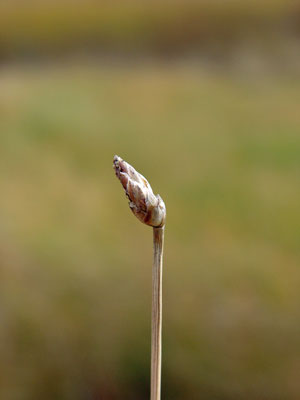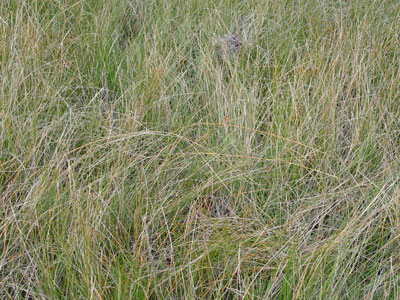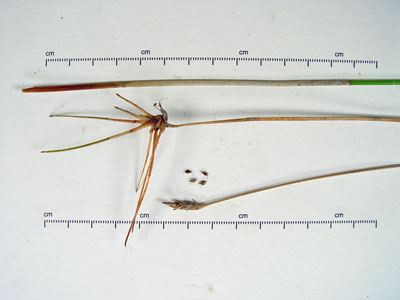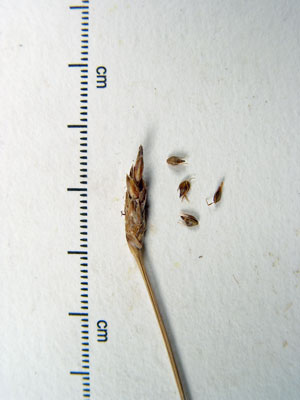DACF Home → Bureaus & Programs → Maine Natural Areas Program → Communities, Plants, and Animals → Rare Plants → Eleocharis rostellata

Eleocharis rostellata (Torr.) Torr.
Beaked Spikerush
- State Rank: S1
- Global Rank: G5
- State Status: Threatened
Habitat: Saline, limy or brackish marshes. [Non-tidal rivershore (non-forested, seasonally wet); Open wetland, not coastal nor rivershore (non-forested, wetland)]

Range: Maine, Vermont and New York to British Columbia, Florida, Texas, Mexico and California. Also in Cuba.
Aids to Identification: Like other spikerushes, Eleocharis rostellata has a slender, leafless stem terminated by a solitary, cylindrical spike. Most members of Eleocharis possess an achene (single-seeded fruit) that is crowned by a tubercle. The tubercle appears as a triangular or conical appendage, usually differing in color and/or texture from the body of the achene. Eleocharis rostellata is one of 3 species in Maine that possess a tubercle that is confluent with the achene body, in other words, the tubercle is the same color and texture and looks like an apical beak. Eleocharis rostellata is a robust spikerush that stands 0.4-10 m tall. It sometimes arches over, touching the ground with the tip of the stem and roots to the ground, a form of vegetative reproduction.

Ecological characteristics: Ecological relationships in Maine are not well known.
Phenology: Flowers August - September.
Family: Cyperaceae
Synonyms: Scirpus rostellatus Torr.
Known Distribution in Maine: This rare plant has been documented from a total of 6 town(s) in the following county(ies): Knox, Sagadahoc.
Reason(s) for rarity: Unknown.
Conservation considerations: Unknown; no current locations documented.
